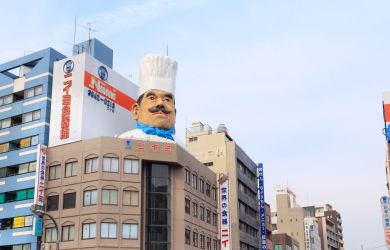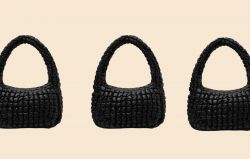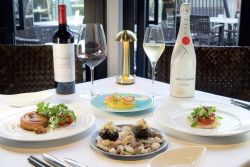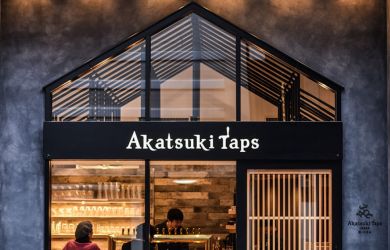
August 11, 2011
Jean-Marie Pratt
A top French sommelier throws his weight behind Kiwi wine
By Metropolis
Originally published on metropolis.co.jp on August 2011

On a recent summer evening at a food and wine pairing dinner at W Omotesando The Cellar Grill, Jean-Marie Pratt, International Sales and Marketing Manager, TerraVin, is holding a captive audience. To be sure, the Frenchman is charming, but what people are crowing about most is the wine. For anyone tired of New Zealand’s glut of lazy, grassy, almost cat piss-like Sauvignon Blanc, this wine is a revelation.
“In the ’80s, Marlborough in New Zealand had fewer than 1,000 hectares of vines,” he explains. “Some Bordeaux style, Cabernet Sauvignon—poor viticulture really. Now there are about 20,000 hectares, which is remarkable. Roughly speaking, it’s the fastest growing wine region in the world. People have rushed to capitalize on some early success there, but now there are too many wineries producing very average wines.”
Pratt’s love for wine is longstanding but his path to the land of the long white cloud was a circuitous one.
“When I was a child, I would spend holidays at my aunt’s restaurant in Alsace. I was exposed to this vibrant world and in contact with customers from very young. I fell in love with it and decided to become a sommelier,” he explains.
When studying viniculture at the Lycée Hôtelier de Strasbourg, Pratt came out as best student sommelier in the 2003 Grand Prix M. Chapoutier. He was later finalist in the Ruinart Best Sommelier of the UK in 2006, and his career was set. After working as assistant head sommelier at Raymond Blanc’s two-Michelin-starred Le Manoir aux Quat’Saisons, he felt ready to step up. “Given this would be my first position of responsibility, I thought a casual place was best,” he comments. Fate, however, intervened, and Pratt ended up as Gordon Ramsay’s head sommelier in his three-Michelin-starred London restaurant for three years. “It was so difficult but I don’t regret anything for a second,” he says of that time.

Ramsay placed a strong emphasis on service, which meant spending plenty of time on the floor. “After a short conversation, you learn customers’ preferences and pair wines that work well with their food,” he says. “But wine never tastes the same. A dish’s seasoning can really alter the pairing; wine temperature does too. It’s essential to regularly taste the food and wine together with the head chef.”
But Pratt did not have time to visit wineries—an approach he found lacking. “I need to see the vines, the terroir. Tasting wine in a meeting is important, but for me it wasn’t enough,” Jean-Marie says.
He decided to quit and spend time travelling South Africa, Australia, New Zealand and California to learn more about New World wines.
It was in New Zealand where he met TerraVin’s manager and viticulturist Mike Eaton, introduced by a customer of Ramsay. He was offered a job on his last day in the country, and ended up taking it.
People are surprised and impressed by Mike’s wines. The whites are different from the average Sauvignons, which tend to be passion-fruity and lack personality. TerraVin wines gain their finesse and depth from extensive vineyard management with only 30 vines pruned per hectare, and just one or two branches per vine to ensure correct ripening. It’s an expensive way to make wine, but shows what can be done with viticulture.
Pratt admits that preconceptions of New Zealand wines are an obstacle—“I had no idea what a challenge this would be when I took the job!”—but hopes his sommelier history, and the uniqueness of his product can open doors. With both diners and staff at W Omotesando The Cellar Grill such an attentive audience, it looks like a good career decision.
“The Japanese have a great appetite for wine, they’re so hungry for details and eager to learn more. It appears the general market is quality over quantity. This is great for TerraVin as we don’t produce much wine, but what we do produce is high quality,” he smiles.
- TerraVin www.terravin.co.nz
- AWines Mick Nippard, TerraVin agent/distributor in Japan. www.awines.jp
- iwine Online wine store selling TerraVin. www.iwine.jp
- W Omotesando The Cellar Grill B1 Aoyama Parks Bldg, 3-10-6 Kita Aoyama, Minato-ku. Tel. 03-3400-3552. Nearest sn: Omotesando (exit B2), www.cardenas.co.jp/w_omotesando





